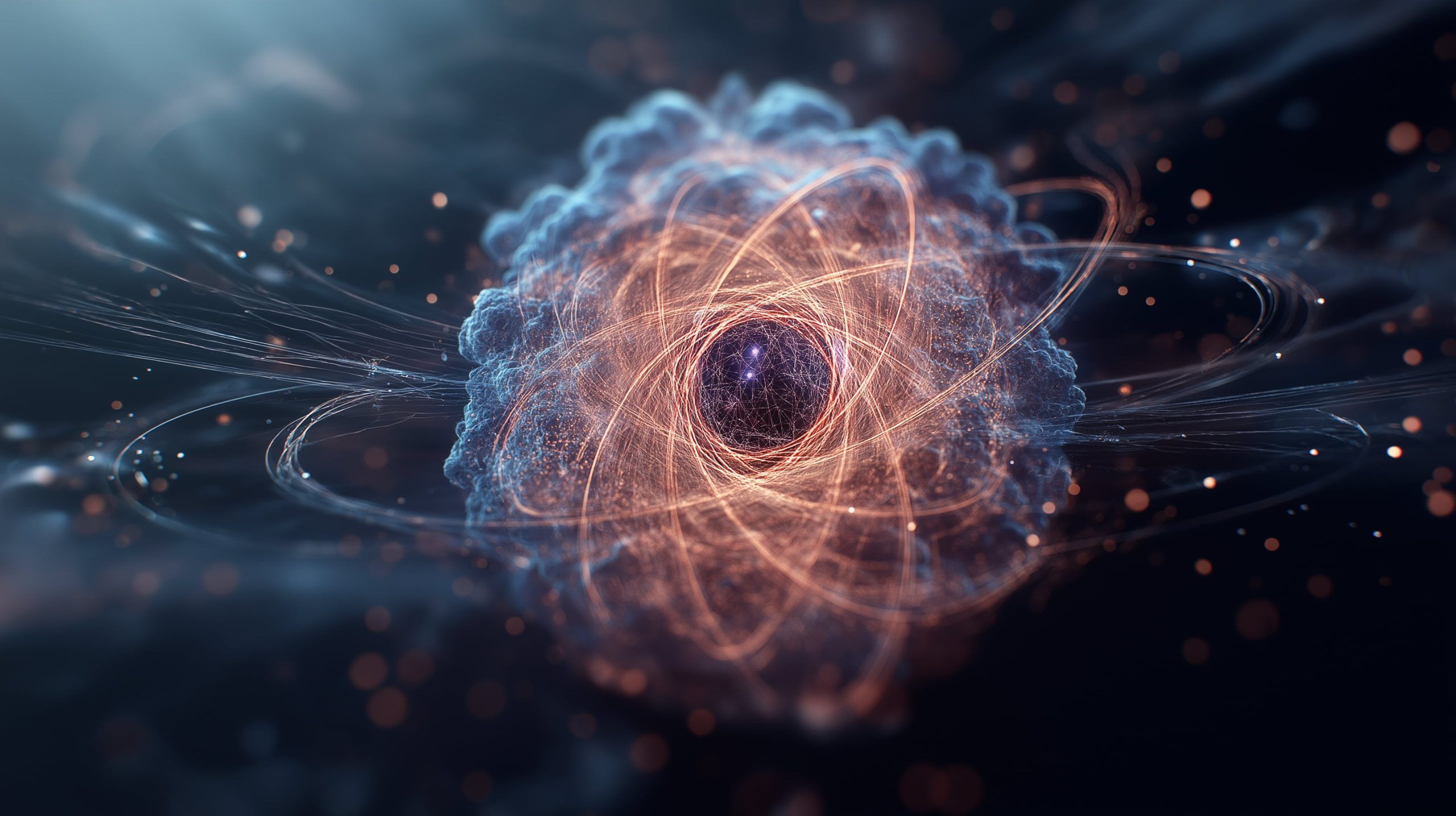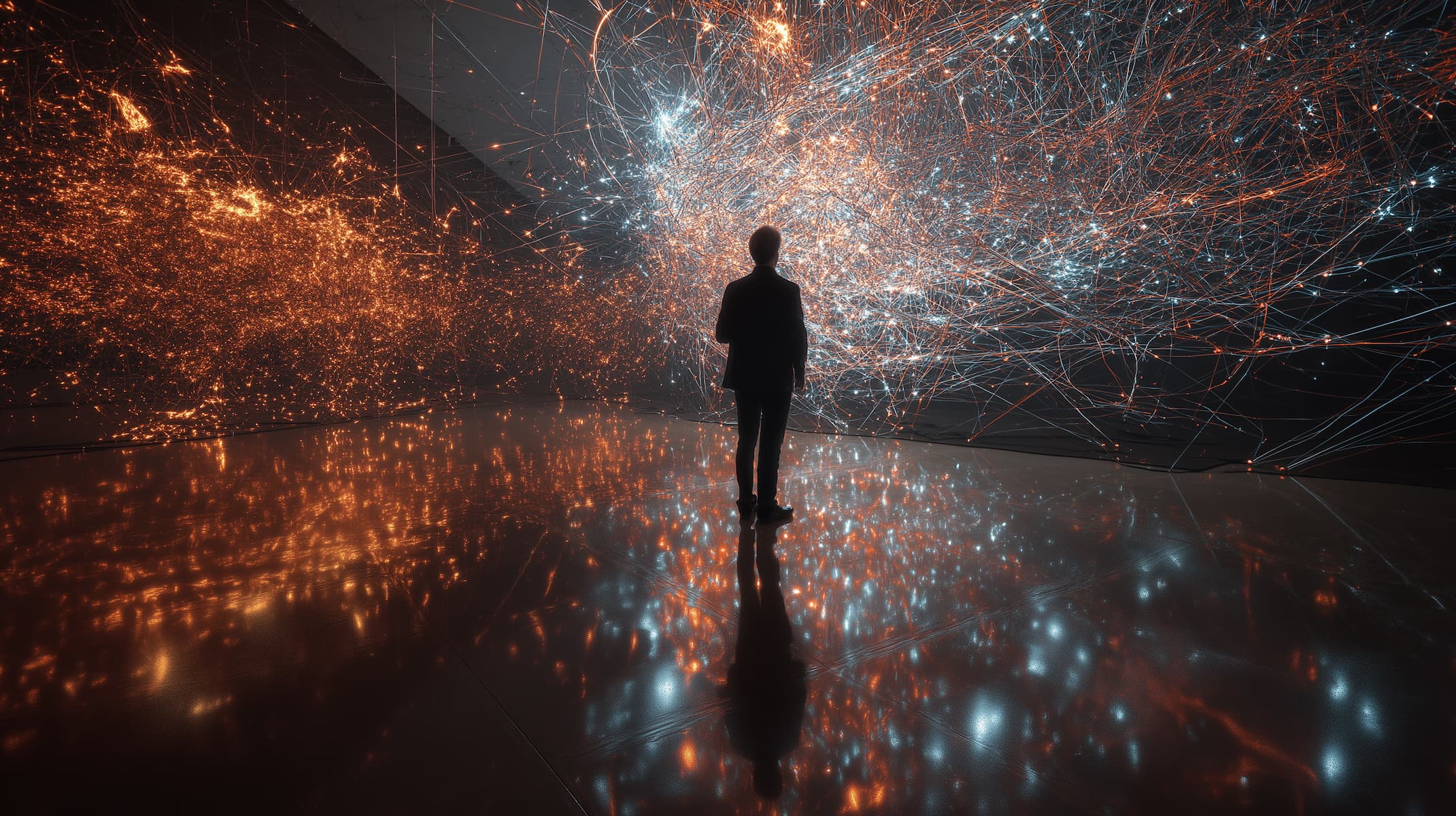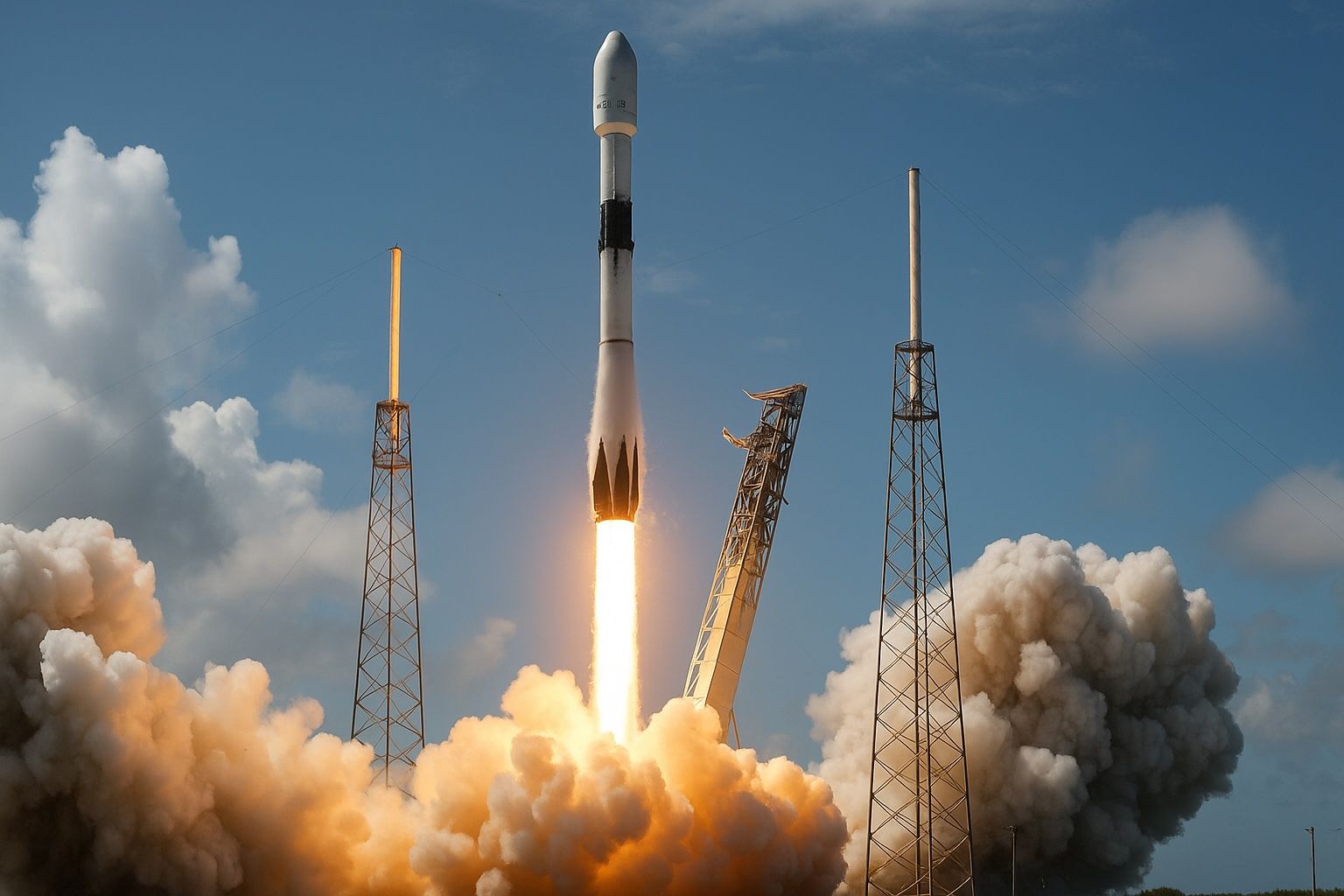
Quantum Frenzy: Historic Breakthroughs & Bold Moves Unveiled in 48 Hours
Scientific Breakthroughs Spark a Quantum Leap Quantum Internet Node: In a breakthrough for quantum communication, researchers at the University of Innsbruck demonstrated a scalable quantum network node that connects trapped-ion qubits with photons sciencedaily.com. Using a string of calcium ions








